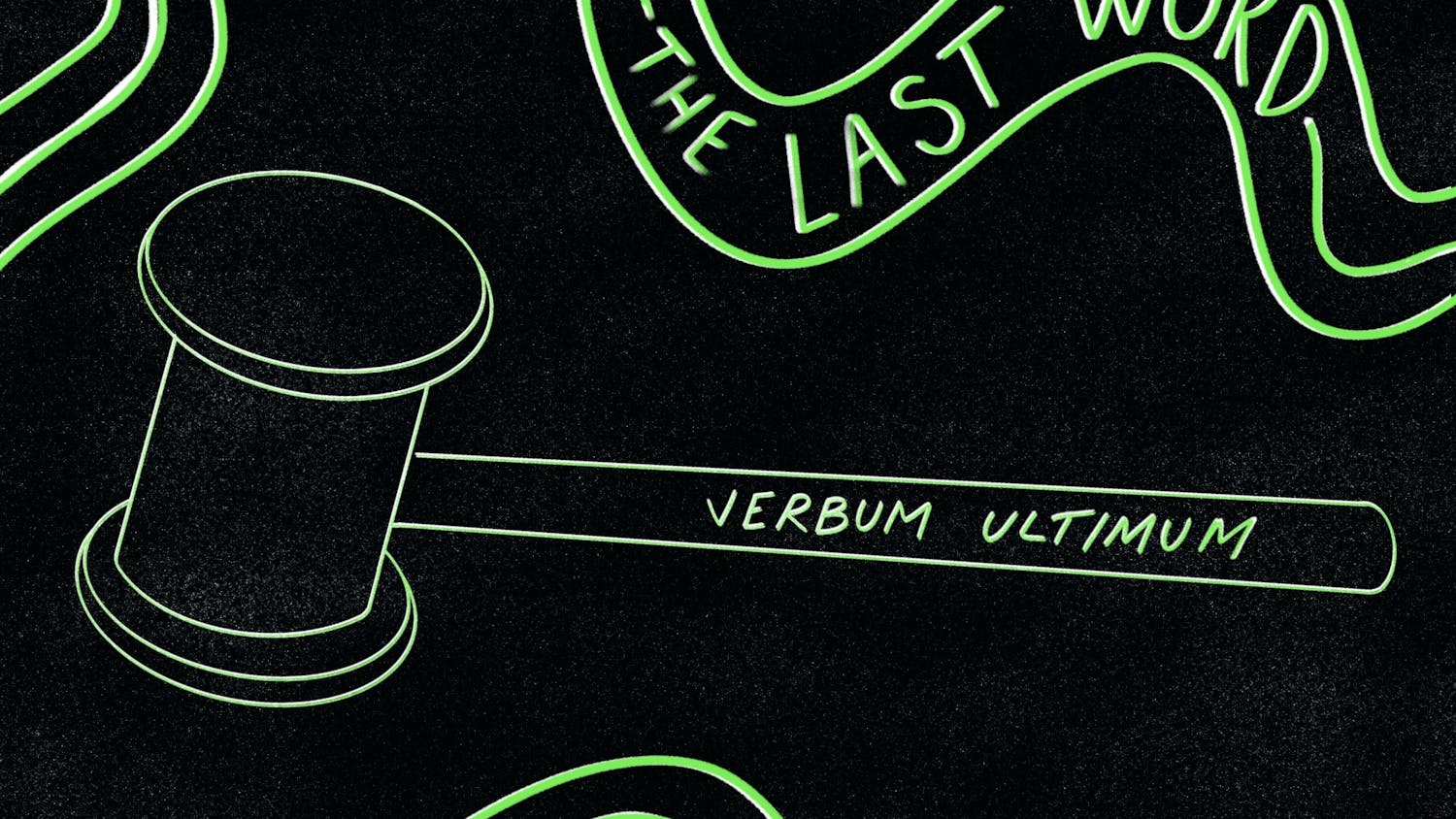OnMay 21, 1921, at 10:22pm French time, in a plane called "The Spirit of St. Louis," Charles A. Lindbergh completed his groundbreaking flight across the Atlantic. It seems fitting that while we recall Lindbergh's achievement, we also reminisce on the age in which it was carried out.
The Jazz Age, the short period from the end of the Great War to the Great Crash of 1929, was an age remarkable as much for its innovations as its excesses. Though it was to end in the Great Depression and the rise of totalitarian regimes in Europe, the inhabitants of this gilded era did not foresee the coming tragedy. After all, had they not just fought the war to end all wars? Had they not neutralized the German threat by the treaty of Versailles? With a long peace seemingly at hand, and rising material prosperity, the talents of the jazz age were turned to the creation of a new, brilliant culture.
It was in the Roaring Twenties that outstanding writers such as e. e. cummings, Earnest Hemingway and F. Scott Fitzgerald first made their reputations. Hemingway, in "The Sun Also Rises," his first novel, chronicled the disillusioned lives of a bunch of American expatriates in Paris, while Fitzgerald's "The Great Gatsby" was in no small part responsible for setting the image of the age of the flapper.
The twenties were also an exciting time for the world of art. Paris was, and would be until the outbreak of World War II, the center of the art world, and many of the "isms" which plague art students today were born in the City-of-the-Seine during this brief but glamorous era. Artists such as Wassily Kandinsky, Pablo Picasso, Henri Matisse and Piet Mondrian were active during this period. This was not to say that the public of the jazz age was any more discerning of greatness than today's: It is said that Amedeo Modigliani's work, even though priced at a few pounds and shillings, went unsold at an auction house, while not a single Cezanne had yet graced the walls of any British public gallery.
A great many art movements came and went during this era, but if there is one which is permanently attached in memory to the jazz age it is the Art Deco movement. This movement, counting among its many influences Futurism, Cubism, the Ballets Russes and the Bauhaus movement, was sumptuous in style, preoccupied with fine materials and ornamental lavishness, and quintessentially elitist. Closely associated with the Art Deco movement were the jeweler Rene Lalique, whose pieces will no doubt grace the homes of many a future Dartmouth luminary, and the undeservedly obscure artist Tamara de Lempicka, who succeeded in capturing the charm and sophistication of the times in her fabulous paintings. And one cannot ignore the glassware of Maurice Marinot, or the output of Georges Lepape. The latter's mysterious and evocative magazine covers were the highlight of many an issue of Vogue, and it is unfortunate that the rise of photography and the super model has seen the demise of illustration.
Turning our attentions towards architecture, we see in the 1920's the emergence of the modern emphasis on steel, glass and concrete, which at its best results in objects such as the fine Chrysler building in New York, but at its worst in unlivable buildings such as Le Corbusier's Ville Savoye, or our very own Shower Towers, hardly a thing of beauty.
The period saw the emergence of the Bauhaus movement in Germany, first under the leadership of Walter Gropius and then under the guidance of Mies van der Rohe. The Roaring Twenties were also a period ofgreat vigor for that venerable (many would say notorious) American eccentric Frank Lloyd Wright. Wright's Tokyo Imperial Hotel, (which tragically was demolished in 1968), finally reached completion in 1922. In the Mayan theme which ran through the building's design, and in many other unusual details, the hotel bore the signature of its designer, who refused to abandon his "organic" architecture for the stark geometrical forms which were then, as now, the rage.
There was plenty of artistic and literary innovation going on, but we must not forget that the Jazz Age was also an age of travel, whether by train, luxury liner or airship. A.M. Cassandre's 1927 "Nord Express" poster captured the excitement of travel by locomotive. The sinking of the Titanic had done nothing to deter sea travel, and the airship's demise would not come till the Hindenburg fire of 1937.
All these wonderful happenings were against a backdrop of rising inequality in the United States, fueled by a speculative boom, instability in Germany and continuing turmoil in the new Soviet Union - most of the non-western world having been carved into spheres of influence amongst the great powers. Far-right groups were sprouting in Italy, Germany and Japan. Despite these circumstances, there was still a reasonable degree of hope in the western world that the 1930's would be even better than the 1920's had been.
And then came the Great Crash.


